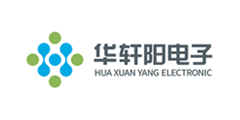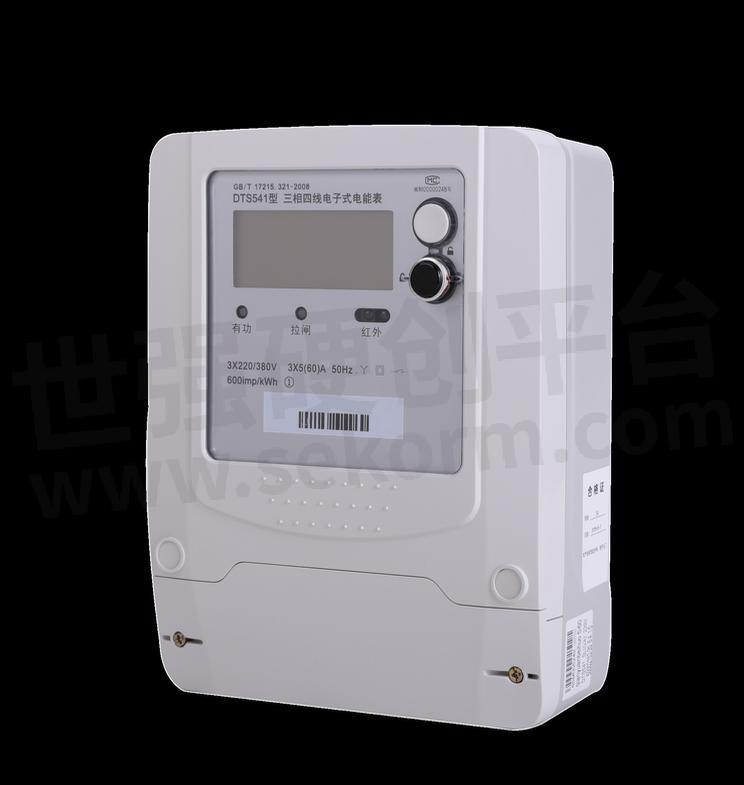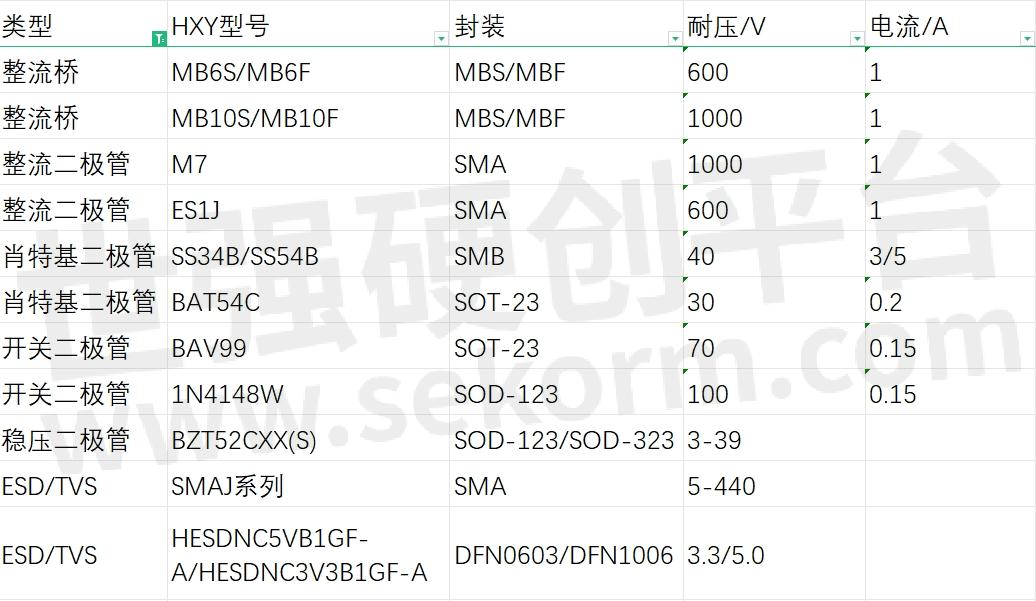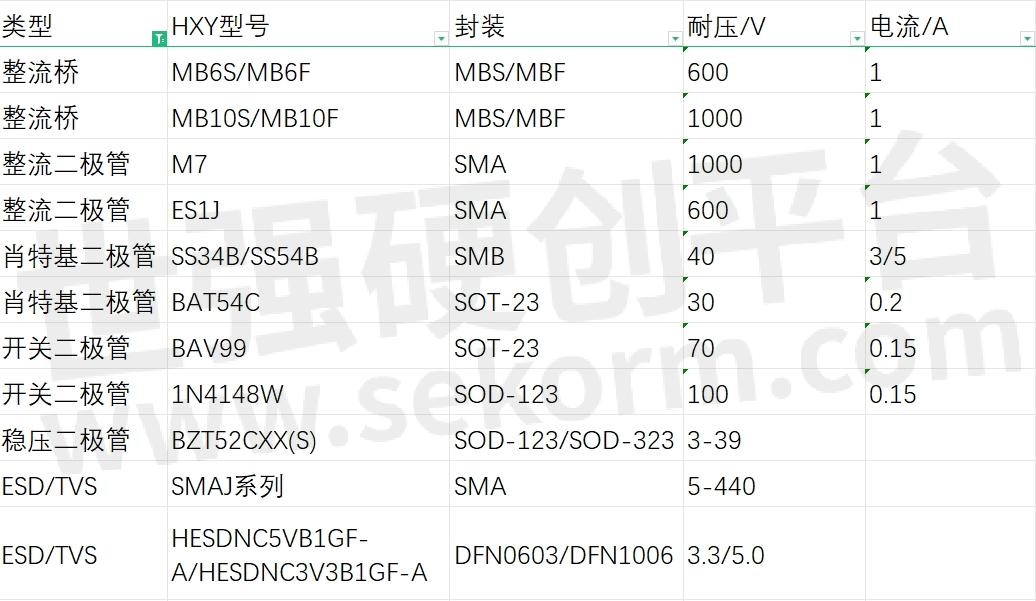Building Excellent Intelligent Meter Solutions with Diodes, Transistors, LDOs and EEPROMs

The new era of smart meters has arrived, and the key to building this future is the components we choose in circuit design. In this article, we will explore how to cleverly combine Diodes, Transistors, LDO (low voltage differential voltage regulator) and EEPROM (electrically erasable programmable read-only memory). By waiting for electronic components, we aim to create excellent circuit solutions and provide suggestions and ideas for engineers in the design and development of consumer electronic circuits.

1. Advantages of diodes. Diodes are one of the indispensable components in electronic circuits, and their application in smart meters cannot be ignored. By cleverly utilizing the rectification characteristics of diodes, we can achieve unidirectional current conduction and provide reliable power input for smart meters. In addition, selecting the appropriate diode can effectively reduce power consumption and improve the energy efficiency of the entire system.

2. Intelligent control of transistors. In the design of smart meters, the application of transistors goes far beyond amplification and switching. By adopting intelligent control circuits, we can use transistors to achieve precise adjustment of current and improve the measurement accuracy of the meter. In addition, the transistor can also serve as a protective device, effectively responding to abnormal situations such as overcurrent and overvoltage in the circuit, ensuring the long-term stable operation of the meter.

3. The key role of LDO voltage regulator. In smart meters, voltage regulators are one of the key factors to ensure the normal operation of the circuit. As a representative of low-voltage differential voltage regulators, LDO has the characteristics of high precision and low power consumption, and is suitable for application scenarios with high power requirements. By selecting and designing LDO reasonably, we can ensure that smart meters can stably output voltage under various working conditions, improving the reliability and stability of the system.

4. Data storage and management of EEPROM. Smart meters require the storage and management of a large amount of data, and EEPROM is the ideal choice to address this demand. EEPROM has the characteristics of non volatility, erasability, and programmability, which can persistently store the operating parameters and historical data of the electricity meter. By cleverly designing the data storage scheme of EEPROM, we can achieve efficient management and fast reading and writing of electricity meter data, improving the performance of the entire system.By fully leveraging the advantages of components such as diodes, transistors, LDOs, and EEPROMs, we can build excellent component solutions that provide reliable support for the design and development of smart meters. In future circuit design, let us work together to promote the development of smart meter technology and make greater contributions to social energy management.Thank you for reading. Looking forward to moving forward with you on the path of circuit design!“

- +1 Like
- Add to Favorites
Recommend
- Hua Xuan Yang Electronics: Domestic Power Device Solutions for PC Power Supplies
- HXY MOSFET Provides A Power Device Solution for LED Backlit LCD TVs
- HUA XUAN YANG ELECTRONIC Provides A Power Device Solution Tailored for In Car Wireless Mobile Phone Chargers
- Application of HXY MOSFET in Micro Photovoltaic Inverters
- HXY MOSFET Innovates One Stop Power Device Solution for Neck Massage Devices
- Application of MOSFET in Outdoor Power Supply
- 8 Common Kinds of Failure Causes and Solutions of MOSFETs
- Factors to Consider When Choosing a MOSFET
This document is provided by Sekorm Platform for VIP exclusive service. The copyright is owned by Sekorm. Without authorization, any medias, websites or individual are not allowed to reprint. When authorizing the reprint, the link of www.sekorm.com must be indicated.






























































































































































































































































































































































































































































































































































































































































































































































































































































































